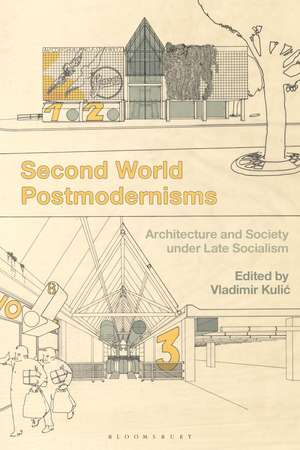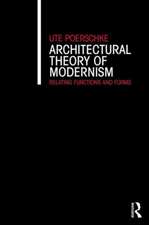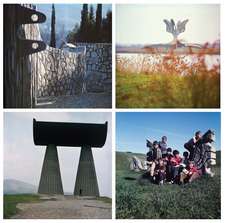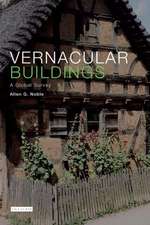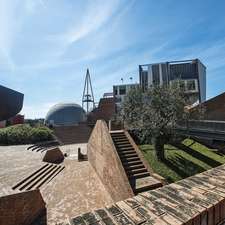Second World Postmodernisms: Architecture and Society under Late Socialism
Editat de Vladimir Kulicen Limba Engleză Hardback – 20 feb 2019
| Toate formatele și edițiile | Preț | Express |
|---|---|---|
| Paperback (1) | 218.36 lei 6-8 săpt. | |
| Bloomsbury Publishing – 23 dec 2020 | 218.36 lei 6-8 săpt. | |
| Hardback (1) | 569.22 lei 6-8 săpt. | |
| Bloomsbury Publishing – 20 feb 2019 | 569.22 lei 6-8 săpt. |
Preț: 569.22 lei
Preț vechi: 816.21 lei
-30% Nou
108.93€ • 118.29$ • 91.50£
Carte tipărită la comandă
Livrare economică 23 aprilie-07 mai
Specificații
ISBN-10: 1350014443
Pagini: 272
Ilustrații: 63 bw illus
Dimensiuni: 156 x 234 x 19 mm
Greutate: 0.52 kg
Editura: Bloomsbury Publishing
Colecția Bloomsbury Visual Arts
Locul publicării:London, United Kingdom
Caracteristici
Notă biografică
Cuprins
Recenzii
Descriere
If postmodernism is indeed 'the cultural logic of late capitalism', why did typical postmodernist themes like ornament, colour, history and identity find their application in the architecture of the socialist Second World? How do we explain the retreat into paper architecture and theoretical discussion in societies still nominally devoted to socialist modernization?
Exploring the intersection of two areas of growing scholarly interest - postmodernism and the architecture of the former socialist world - this edited collection stakes out new ground in charting architecture's various transformations in the 1970s and 80s. Fourteen essays together explore the question of whether or not architectural postmodernism had a specific Second World variant.
The collection demonstrates both the unique nature of Second World architectural phenomena and also assesses connections with western postmodernism. The case studies cover the vast geographical scope from Eastern Europe to China and Cuba. They address a wealth of aesthetic, discursive and practical phenomena, interpreting them in the broader socio-political context of the last decades of the Cold War. The result provides a greatly expanded map of recent architectural history, which redefines postmodernist architecture in a more theoretically comprehensive and global way.
